Space technology
The International Space Station offers a great testbed for new technology.
Wise-Net

This experiment placed low-power sensor-nodes in ESA’s Columbus laboratory, Node-2 and the US Destiny laboratory on the International Space Station. The sensors formed a wireless network to monitor environmental factors such as temperature, pressure and humidity.
The goal was to test this wireless sensor network in space. Another objective was to see if small amounts of energy could be ‘harvested’ from inside the Space Station, where light, airflows or differences in temperature could be used to return power for experiments such as the system itself.
Aside from the environmental benefits of extracting as much energy as possible a modification of the Wise-Net system could be applied on human beings. A number of low-power sensors on a patient’s body could provide continuous vital-sign monitoring to nurses and doctors in hospitals.
Aquamembrane
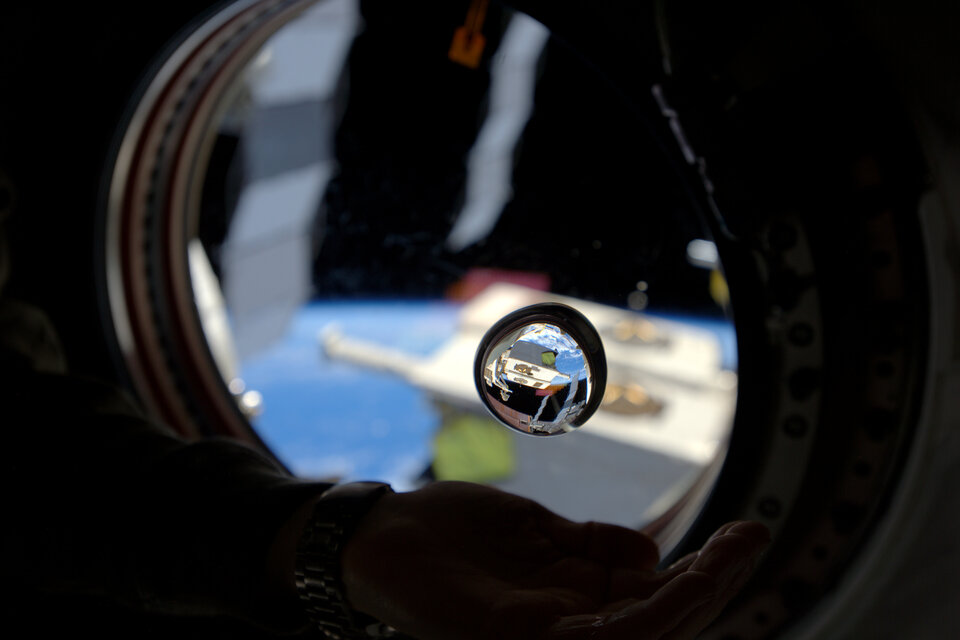
The Aquamembrane experiment tested a new type of membrane that can be used to filter water using biomimetic techniques – copying nature. Recycling water is very important on the International Space Station where supplies are costly and limited.
Already up to 80% of astronaut’s urine, sweat and condensation is reused for drinking after purification in space, but engineers are always looking to improve the process.
The technology behind Aquamembrane required little extra energy or moving parts and its final goal is to revolutionise water purification on Earth.
Aquapad
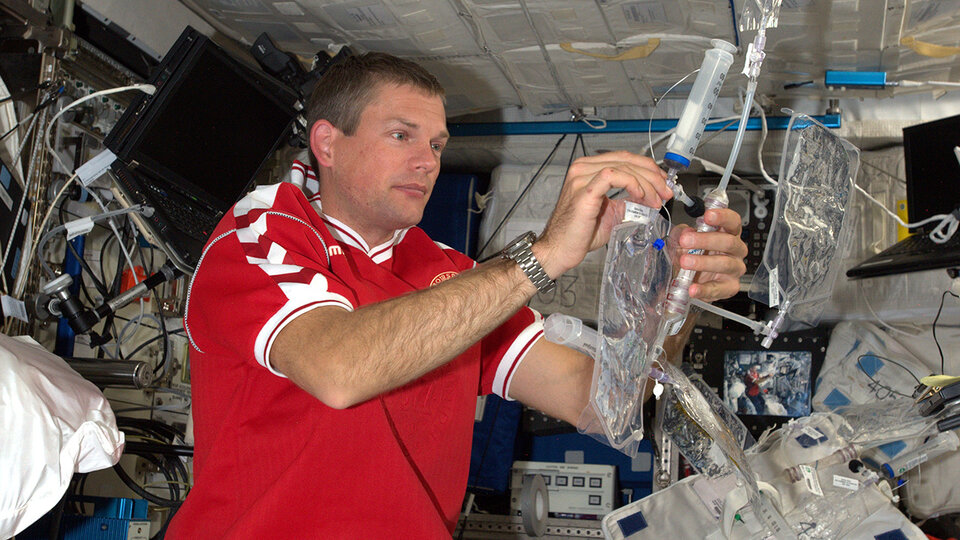
Monitoring the quality of the water we drink is extremely important and even more so on the International Space Station where 80% of drinking water is recycled urine. Aquapad aimed to simplify the regular testing of the Station’s water. A small quantity of water was absorbed by a cotton swab that reacted to bacteria to form coloured dot. Using the EveryWear application on his tablet, Thomas took a picture of the dots and EveryWear calculated precisely how many bacteria were present and whether it was safe to drink.
Although developed for the International Space Station the Aquapad technology is obviously interesting for use on Earth such as in disaster areas when water might be contaminated.
Echo

ESA astronaut Thomas Pesquet setup and ran the Echo unit that is a high-performance medical ultrasound to visualise the human body.
A number of ultrasound machines have been sent to the International Space Station since the 1990s but this device is the next generation that allows for researchers on Earth to operate the device and view a high-quality image directly. The astronaut using the device can talk to the researchers and view the same image to follow as he or she places the ultrasound in the right spot on their body.
The challenge in designing Echo was building a small but precise machine that is reactive enough to be operated by researchers many kms away.
The Canadian Space Agency was already planning on using Echo to continue its experiments into the heart as soon as Thomas checked the equipment.
EveryWear
While in space Thomas was the first to test a new way to collect information called EveryWear. EveryWear was used for science experiments, biomedical support and technology demonstrations.
The French-designed technology is as simple as a custom application for a tablet that Thomas carried around. The application was a huge time-saver as it recorded and transmitted data from as many experiments as possible.
The system can be used for questionnaires, taking medical and clinical logs, monitoring exercise when coupled with the EveryWear Smartshirt and even assess an astronaut’s sleep quality. In the past if an experiment required Thomas to take a log of his diet he had to write down each piece of food he ingested throughout the day. With EverWear he could simply scan the barcode that is on each pack of food.
For Proxima Thomas used EveryWear to automatically calculate the amount of bacteria in the Aquapad experiment as well as for the Skinsuit experiment as a digital questionnaire.















 Germany
Germany
 Austria
Austria
 Belgium
Belgium
 Denmark
Denmark
 Spain
Spain
 Estonia
Estonia
 Finland
Finland
 France
France
 Greece
Greece
 Hungary
Hungary
 Ireland
Ireland
 Italy
Italy
 Luxembourg
Luxembourg
 Norway
Norway
 The Netherlands
The Netherlands
 Poland
Poland
 Portugal
Portugal
 Czechia
Czechia
 Romania
Romania
 United Kingdom
United Kingdom
 Slovenia
Slovenia
 Sweden
Sweden
 Switzerland
Switzerland
























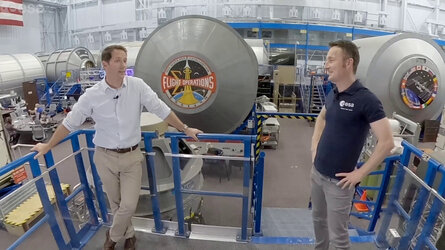



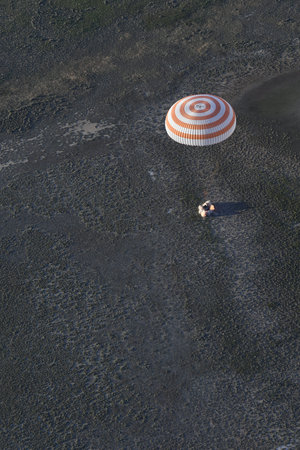
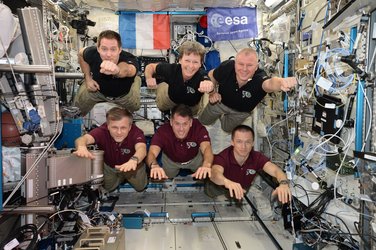
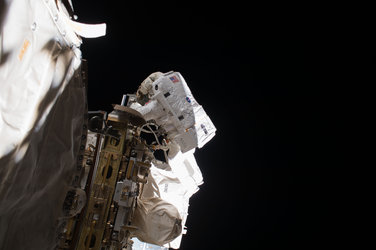
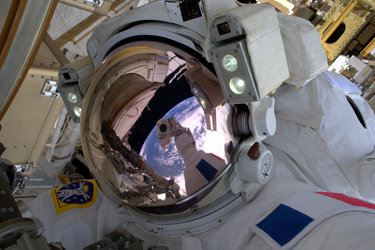
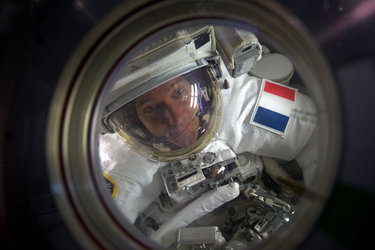
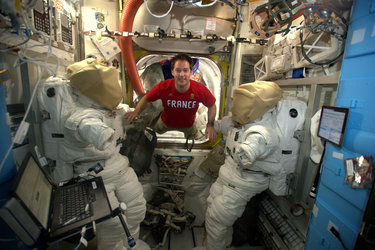
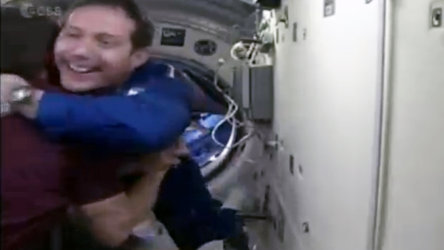
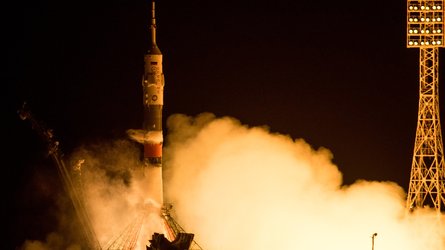
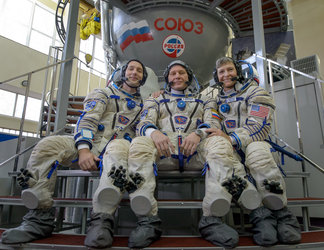
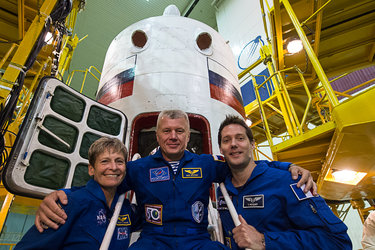
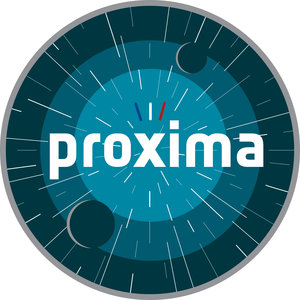
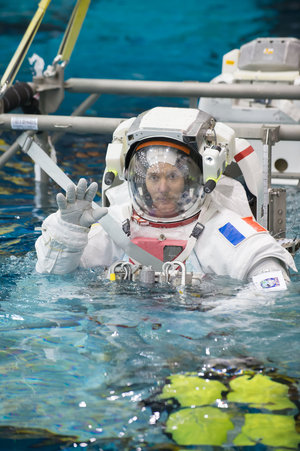

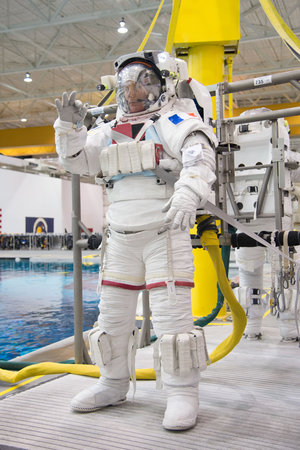
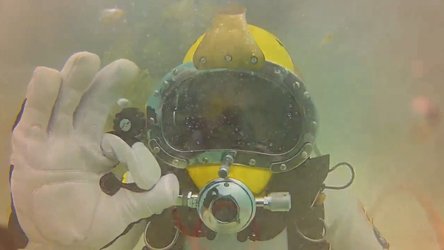
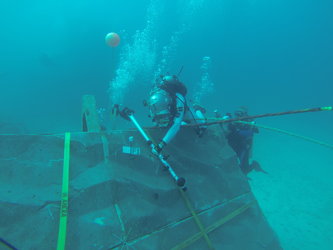




 Thomas Pesquet on Facebook
Thomas Pesquet on Facebook Thomas Pesquet on Instagram
Thomas Pesquet on Instagram Thomas Pesquet on YouTube
Thomas Pesquet on YouTube
